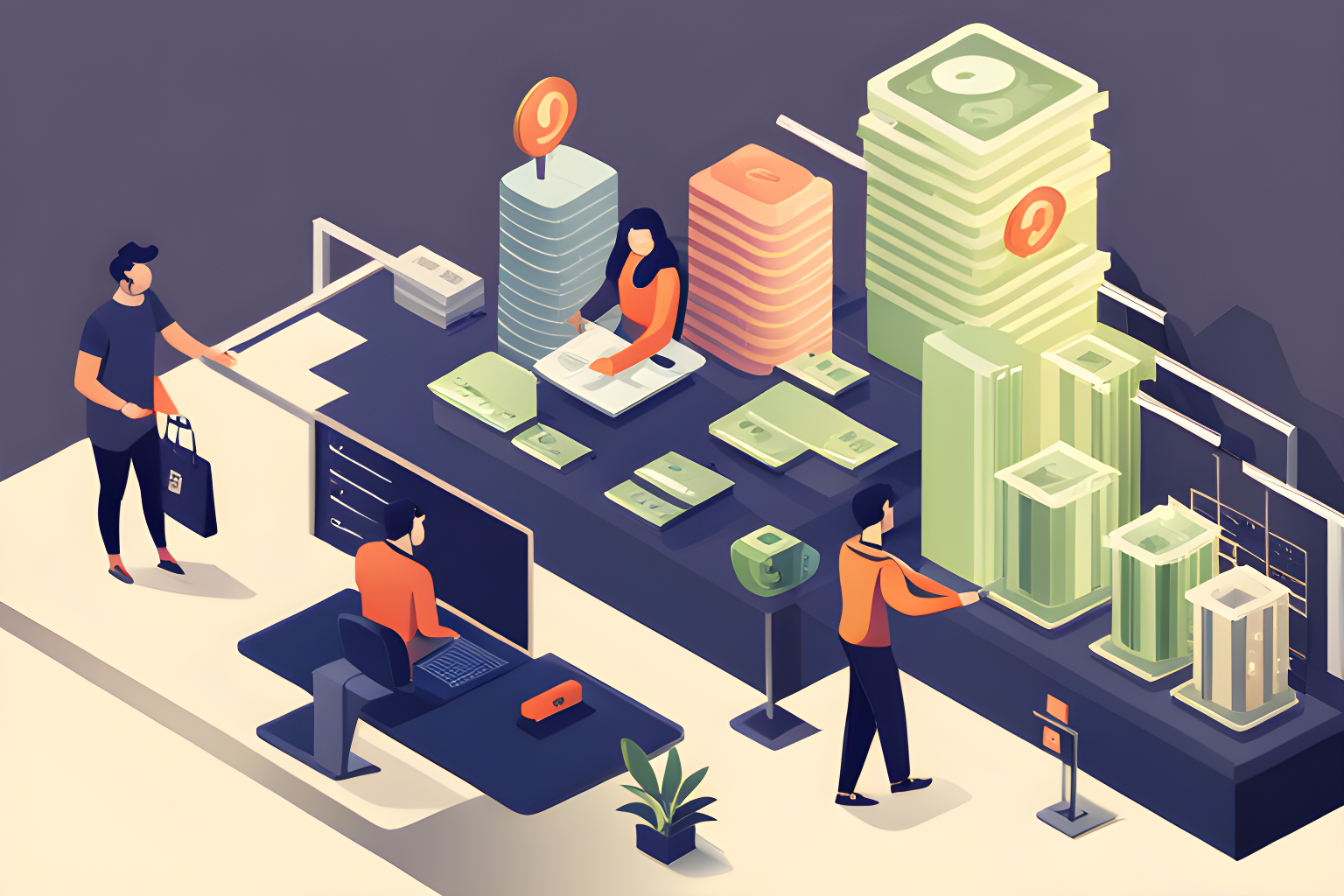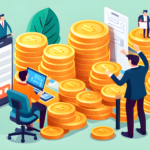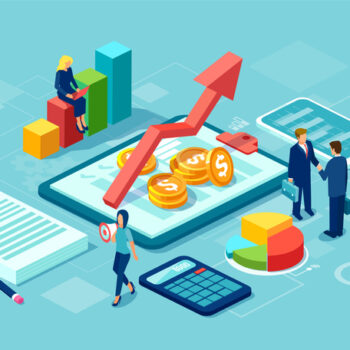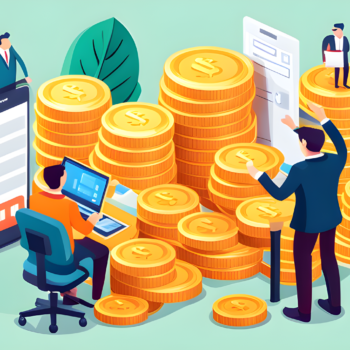Digital banking and mobile money accounts now cover three-fourths of global adults, with the gap in account ownership between genders reducing significantly. This surge in digital banking and payments, primarily fueled by the COVID-19 pandemic, has led to an impressive expansion of formal financial services worldwide. As a result, new economic avenues have opened up, the gender gap in account ownership has diminished, and households have bolstered their resilience to manage financial shocks. This information is corroborated by the Global Findex 2021 database.
By 2021, 76% of global adults had an account at a bank, other financial institution, or with a mobile money provider. This figure reflects a significant increase from 68% in 2017 and 51% in 2011. In contrast to previous years where growth was heavily concentrated in India and China, the rise in account ownership has been more evenly distributed across numerous countries in 2021. The survey revealed that account ownership has seen a double-digit percentage increase in 34 countries since 2017.
The pandemic has also driven a notable increase in digital payment usage. In low and middle-income economies, excluding China, over 40% of adults engaged in digital transactions, such as in-store or online payments via cards, phones, or the internet, for the first time since the pandemic began. Similarly, more than a third of adults in these economies who paid utility bills directly from a formal account did so for the first time during the pandemic.
In India, over 80 million adults made their first digital merchant payment following the pandemic’s onset, while in China, this figure exceeded 100 million.
Now, two-thirds of adults globally engage in digital payments. The share of adults in developing economies making or receiving digital payments has jumped from 35% in 2014 to 57% in 2021. Within these economies, 71% of adults have an account at a bank, other financial institution, or with a mobile money provider, up from 63% in 2017 and 42% in 2011.
The surge in mobile money accounts has been instrumental in driving financial inclusion, particularly in Sub-Saharan Africa.
World Bank Group President David Malpass said, “The digital revolution has catalyzed increases in the access and use of financial services across the world, transforming ways in which people make and receive payments, borrow, and save. Creating an enabling policy environment, promoting the digitization of payments, and further broadening access to formal accounts and financial services among women and the poor are some of the policy priorities to mitigate the reversals in development from the ongoing overlapping crises.”
For the first time since the inception of the Global Findex database in 2011, the survey found a decrease in the gender gap in account ownership. This change allows women greater privacy, security, and control over their finances. The gap has shrunk globally from 7 to 4 percentage points and from 9 to 6 percentage points in low- and middle-income countries since 2017.
Around 36% of adults in developing economies currently receive wages, government payments, payments for the sale of agricultural products, or domestic remittance payments into an account. The data suggest that receiving payments into an account, rather than in cash, can spur individuals’ use of the formal financial system. When people receive digital payments, 83% also use their accounts to make digital payments. Nearly two-thirds use their account for cash management, while about 40% use it to save, contributing to the expansion of the financial ecosystem.
Despite these advancements, many adults globally still lack a reliable emergency money source. Only about half of adults in low- and middle-income economies report being able to access additional funds during an emergency with little or no difficulty. These individuals often resort to uncertain finance sources, including borrowing from family and friends.
Bill Gates, co-chair of the Bill and Melinda Gates Foundation and a supporter of the Global Findex database, commented, “The world has a crucial opportunity to build a more inclusive and resilient economy and provide a gateway to prosperity for billions of people. By investing in digital public infrastructure and technologies for payment and ID systems and updating regulations to foster innovation and protect consumers, governments can build on the progress reported in the Findex and expand access to financial services for all who need them.”
In Sub-Saharan Africa, for instance, 30% of adults without an account cite the absence of an identity document as a significant barrier to mobile money account ownership, indicating a potential investment opportunity in accessible and reliable identification systems.
Over 80 million adults without an account still receive government payments in cash.
Digitizing these payments could be more cost-effective and reduce corruption. To increase account ownership and usage, it is essential to build trust in financial service providers, instill confidence in the use of financial products, develop tailored product designs, and enforce a robust consumer protection framework.
The Global Findex database, which studies how people in 123 economies use financial services throughout the year, is produced every three years by the World Bank in association with Gallup, Inc.
Regional Overviews of Digital Payments
East Asia and the Pacific (EAP): Account ownership in China versus the rest of the region paints a two-part story. 89% of Chinese adults have an account, and 82% use it for digital merchant payments. In the rest of the region, these figures stand at 59% and 23%, respectively, with over half making their debut digital payments during the pandemic. Notable increases in account ownership occurred in Cambodia, Myanmar, the Philippines, and Thailand. The gender gap remains low at 3%, but the wealth gap is higher at 10%.
Europe and Central Asia (ECA): Account ownership in the region has grown by 13 percentage points since 2017, reaching 78% of adults. Around 75% of adults engage in digital payments, and the pandemic further boosted this usage, with 10% making their first digital merchant payment during this time. The region’s two largest economies, Russia and Türkiye, together account for 39 million adults who continue to make cash-only merchant payments despite having bank accounts.
Latin America and the Caribbean (LAC): This region saw an 18-percentage-point rise in account ownership since 2017, the largest among any developing world region, resulting in 73% of adults owning an account. Around 40% of adults made a digital merchant payment, with 14% doing so for the first time during the pandemic. The pandemic further drove digital adoption for 15% of adults who made their first utility bill payment directly from their account. There is potential for greater digital payment usage, considering that 150 million banked adults, including over 50 million in Brazil and 16 million in Colombia, made cash-only merchant payments.
Middle East and North Africa (MENA): Progress is visible in reducing the gender gap in account ownership from 17 percentage points in 2017 to 13 percentage points, with 42% of women and 54% of men owning accounts. Opportunities exist to broaden account ownership by digitizing cash payments, including for agricultural products and private sector wages. Encouraging a shift to formal savings methods is another opportunity as roughly 14 million accountless adults, including 7 million women, use semi-formal methods to save.
South Asia (SA): Account ownership stands at 68%, unchanged since 2017, with considerable regional variation. Account usage has grown, driven by digital payments, with 34% of adults using their account for payments, up from 28% in 2017. There is potential for growth in account ownership and usage with the increasing dominance of digital payments over cash transactions, even among account owners.
Sub-Saharan Africa (SSA): Mobile money adoption continues to surge, with 33% of adults owning a mobile money account, three times the global average. Usage has expanded beyond remittances, with three in four mobile account owners in 2021 making or receiving at least one non-person-to-person payment, and 15% using their mobile money account to save. Opportunities for increasing account ownership include digitizing cash payments for agricultural products and expanding mobile phone ownership. As concerns about school fee payments are high in this region, there is potential for policies or products to facilitate education-oriented savings.












